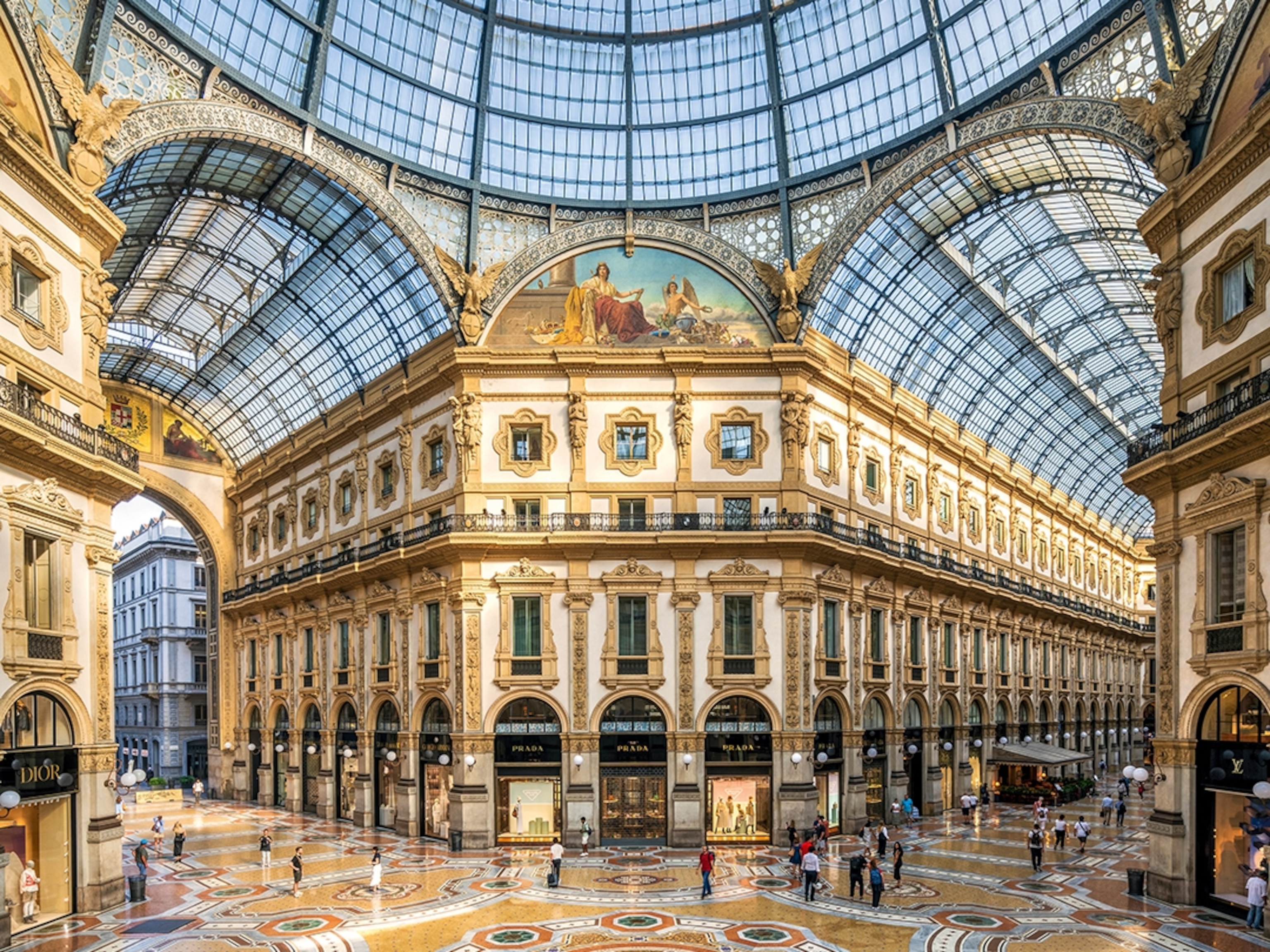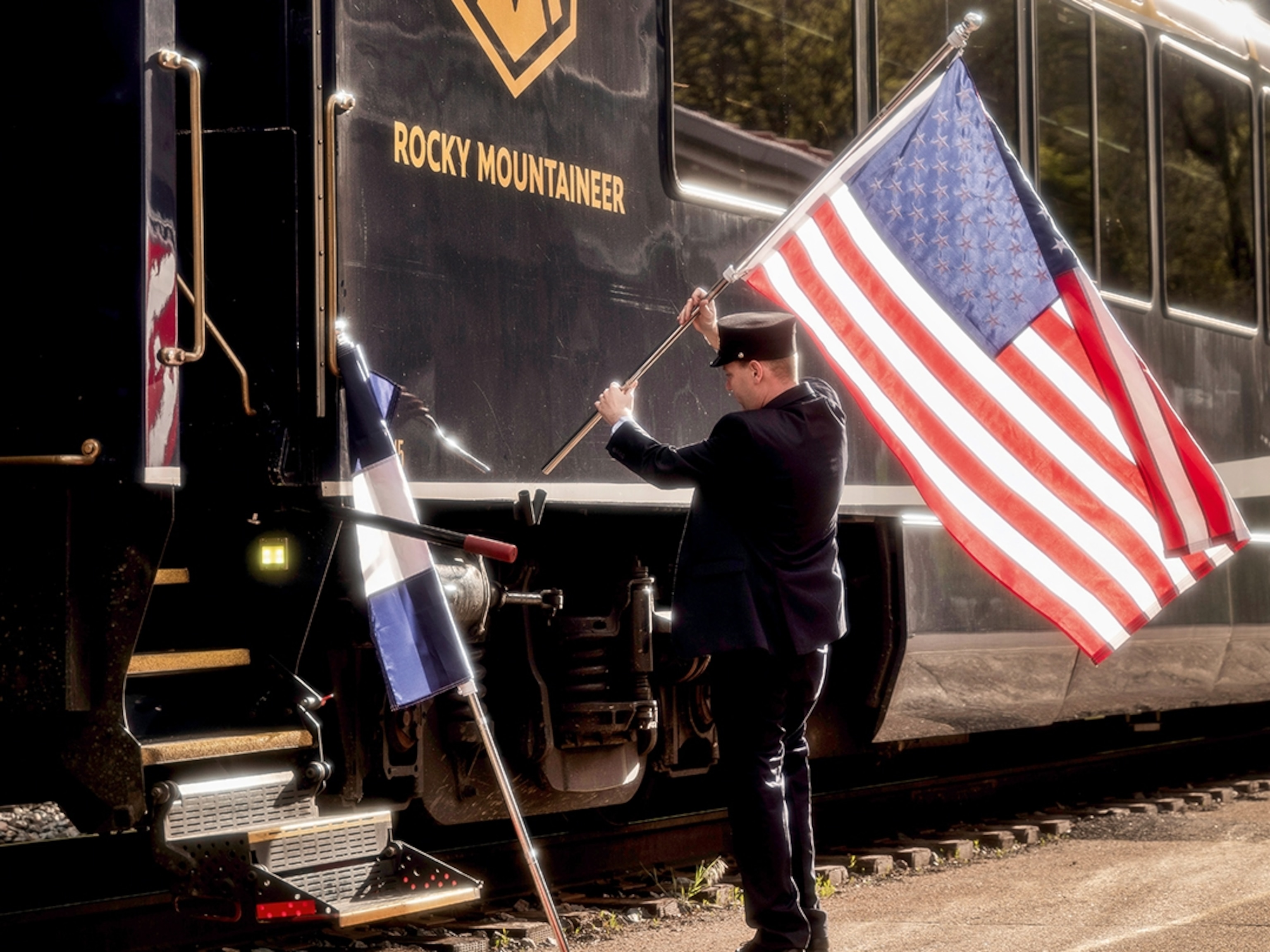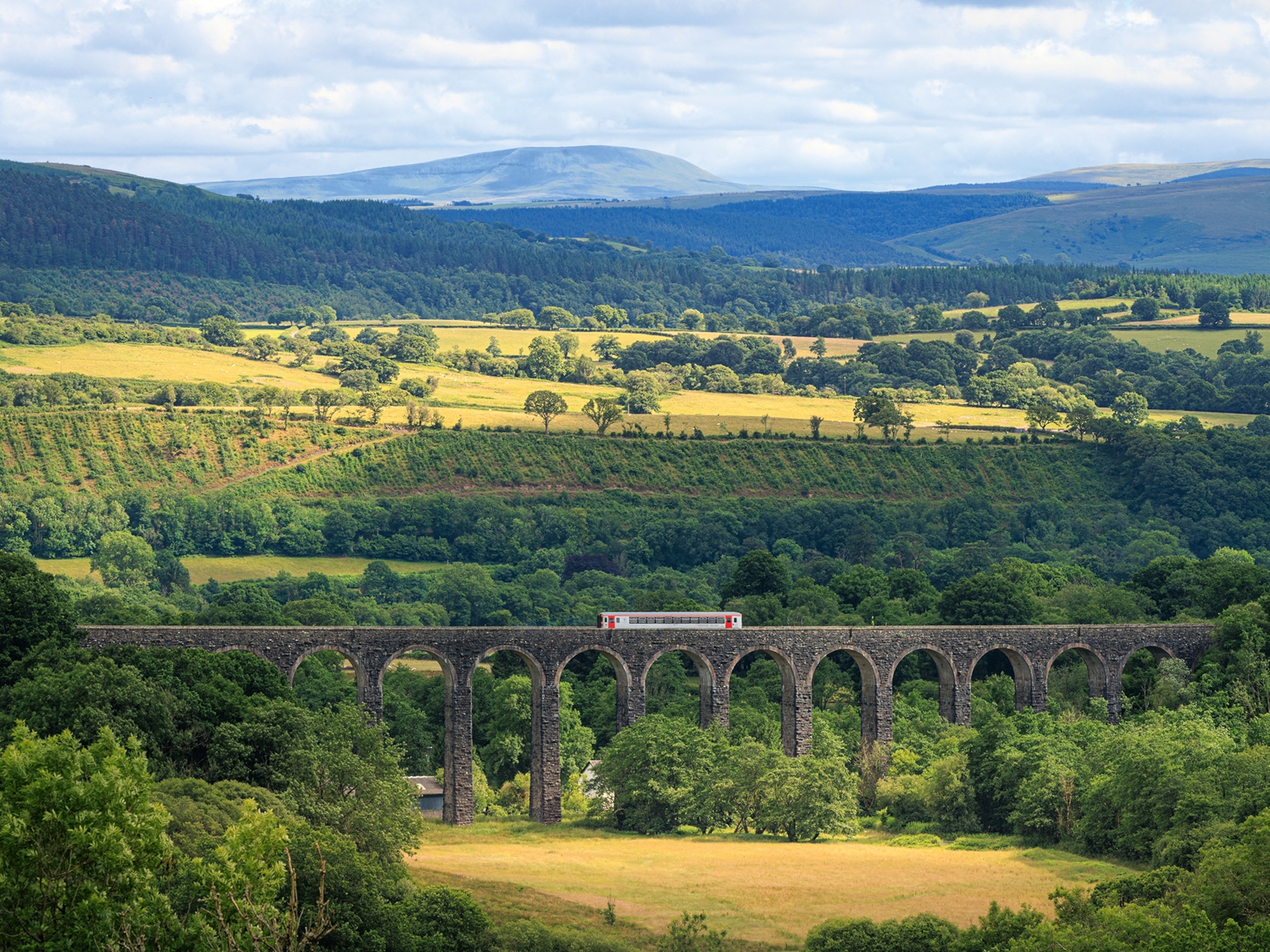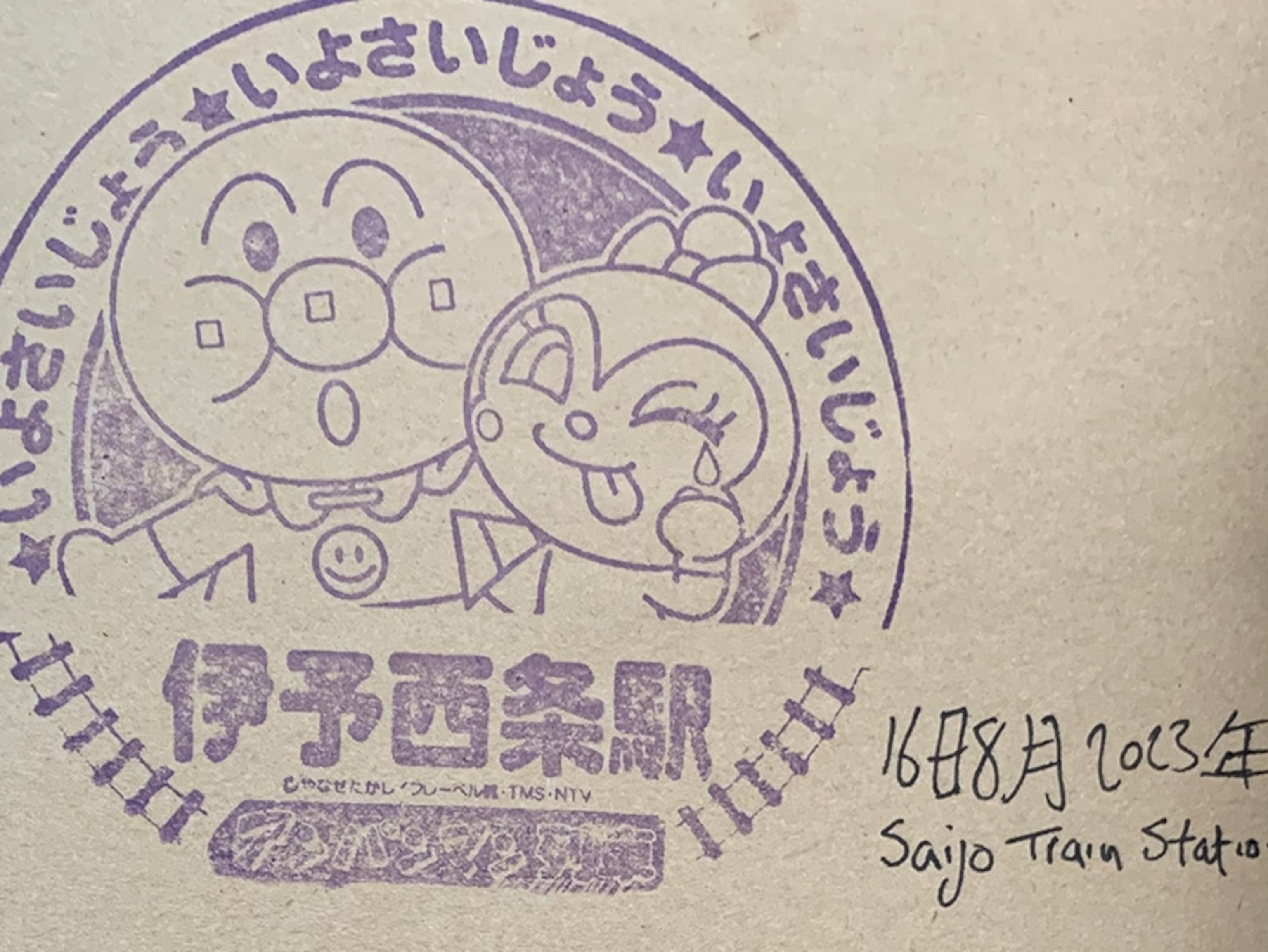Go on a luxury rail journey through Peruvian mountains
Hop on board the Hiram Bingham for a luxurious, music-filled journey to the foothills of Peru’s Machu Picchu.
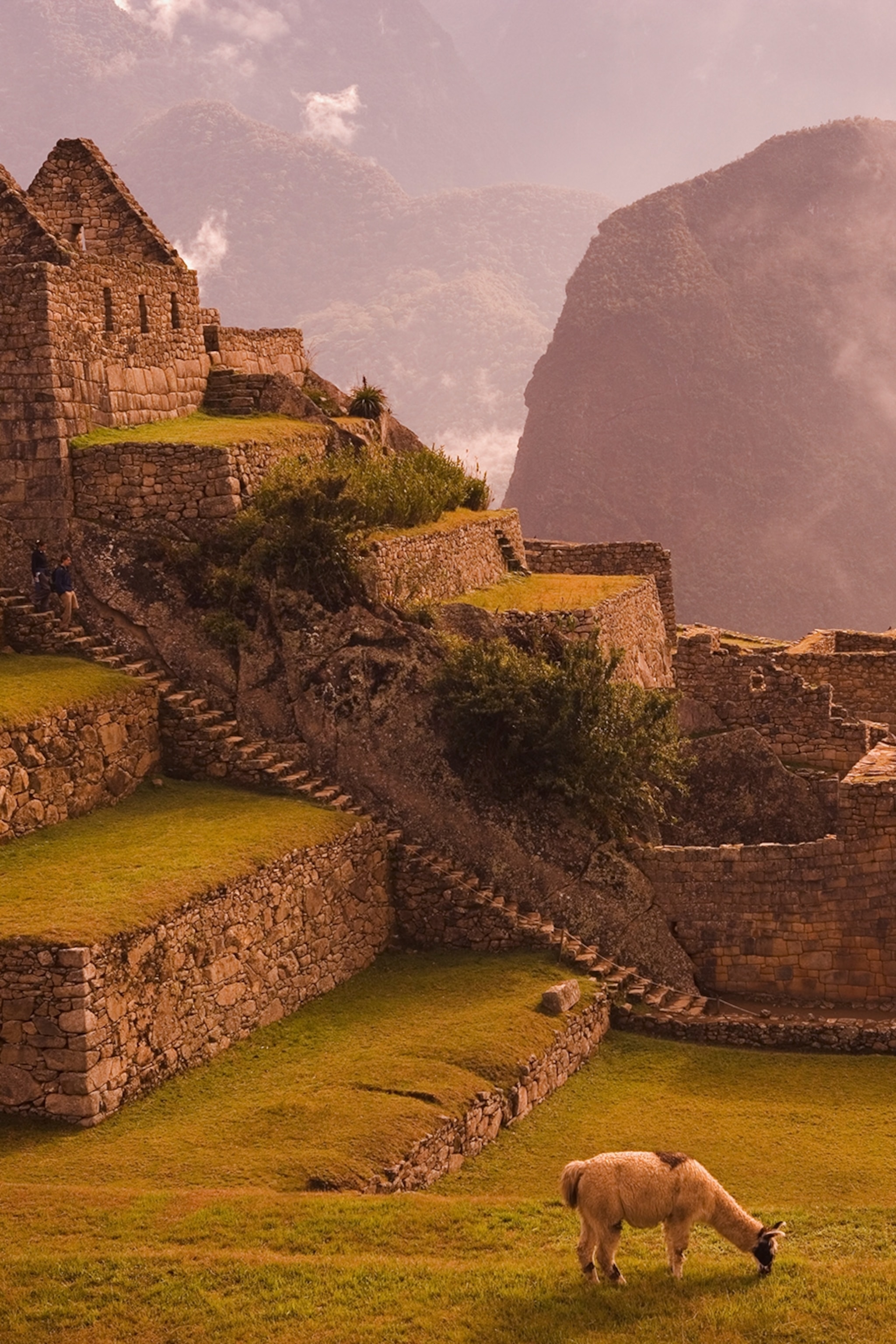
Holding aloft pairs of dry coca leaves, the dancers pause, drums beating faster, before they burst into song. Over shouts of “Heh! Heh! Heh!”, they play melodies on a quena (an Andean flute) while passengers gather around, squinting through the smoke from offerings burning on the platform at Poroy Station. Coloured with vegetable dyes, the welcome troupe’s skirts flare as they hop from one foot to the other, setting the tone for the next four hours: a journey filled with music, colour and Indigenous Quechua culture.
I’m here to ride the luxury Hiram Bingham, run by Belmond Trains, from the district of Cusco in southeastern Peru to the town of Aguas Calientes in the foothills of the ancient Inca citadel of Machu Picchu. Named after the US explorer who rediscovered the ruins in 1911, the train service launched along the route in 2003, making a 47-mile journey that’s impossible to do by road.
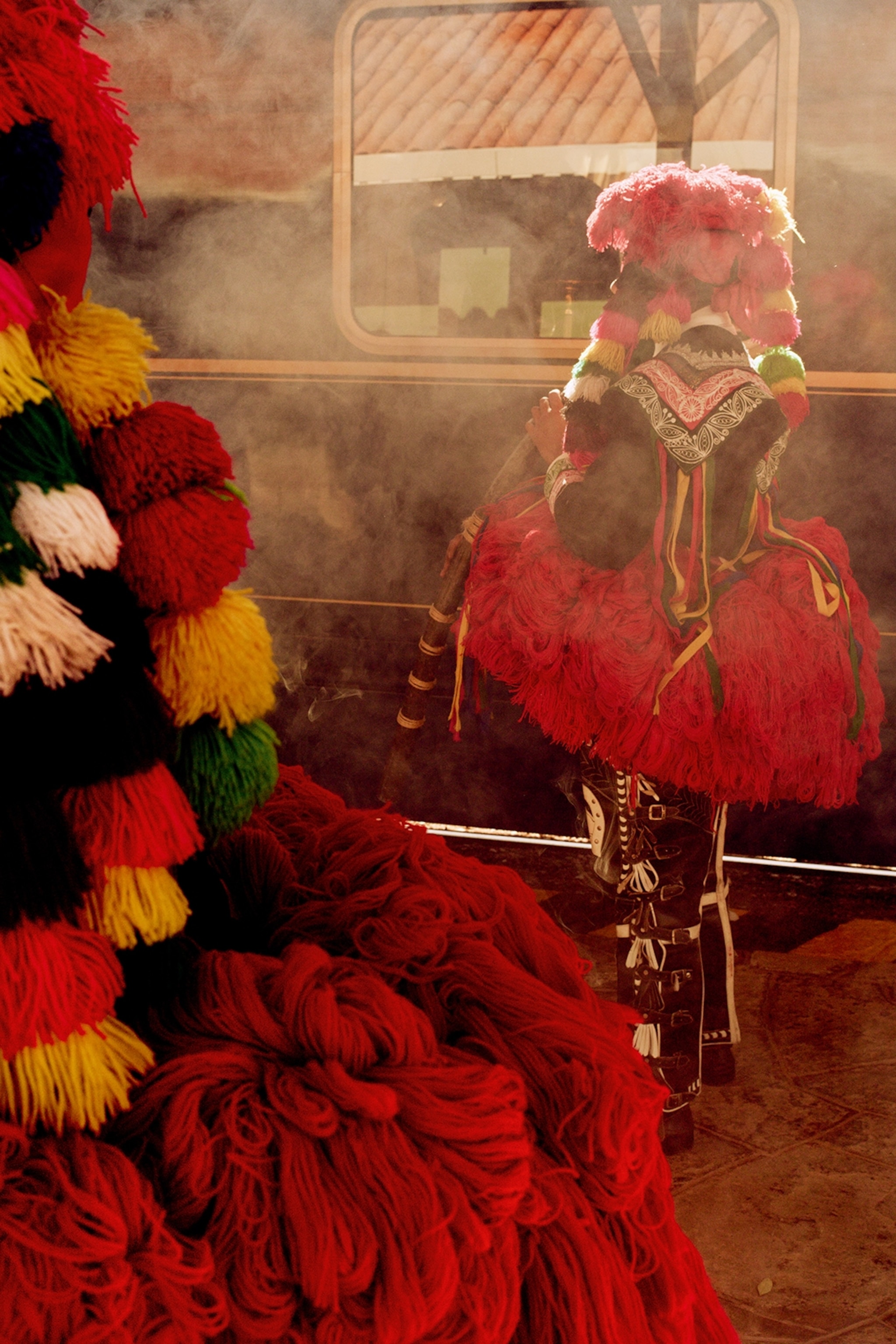

As the smoke clears, I can see the polished body of the Hiram Bingham, blue and trimmed with gold, gleaming in the morning light. Tied-back cream curtains frame the windows and I can just make out art deco table lamps and crystal glasses laid out for lunch. Champagne in hand, I make my way on board. The sun floods the carriage, winking off satin-smooth wooden walls and brass fittings. A group of friends from Ecuador spread out their ponchos on upholstered armchairs, then make their way to the back of the train from where I can already hear the bang and shake of a tambourine. On the way through the bar carriage, I realise the train is already on the move, huge agave plants waving their spikes in farewell.
Leaning over the railings in the open-air section of the observation car, I watch the line of carriages snake into the distance behind us and get chatting to a Peruvian writer named Hugo Flores. At almost 11,155ft above sea level in Cusco, I’m feeling the vice-like pressure against my temples from the altitude. Passengers have been advised to stay off alcohol, hydrate and drink infused coca leaves to lessen the symptoms. “Coca tea is okay,” says Hugo, “but muña tea is better. It’s an Andean mint and it gives a slow feeling of wellness, not the sudden shock from coca tea, which can make you feel too…” He shakes his hands wildly, looking startled.
It’s not even 10am and there’s a full-blown party in the observation car, with half the passengers dancing to La Bamba. The less extroverted stand in the open section, content to brace against the breeze, tapping one foot with a pisco sour in hand. Tart, frothy and dangerously drinkable, the Peruvian cocktail is one of the best I’ve tasted, but on Hugo’s advice I grudgingly switch to muña tea and soon find that it works to clear the effects of altitude.
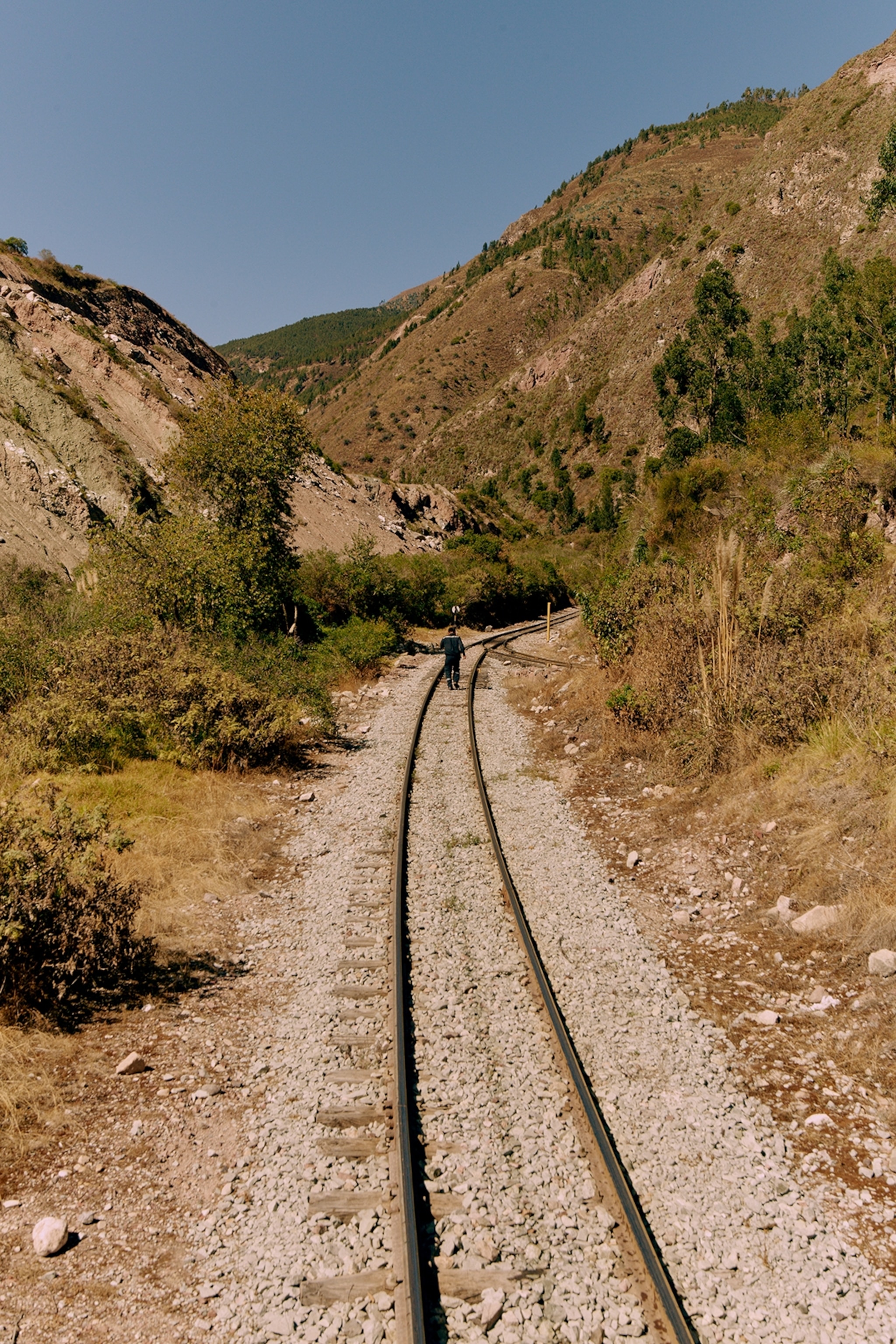
Eucalyptus trees line the track, throwing slim shadows across furrowed fields, where cows flick their tails and farmers with scythes look up and wave as we pass. Squeezing through towns of half-built brick houses, the train brings us close enough to see butchers displaying chickens with feet in the air and painted mototaxis parked in alleys. Nearing the town of Ollantaytambo, the Urubamba River rushes towards us, flowing over boulders and fighting with fallen trees. Returning to my seat for lunch, I find the table covered with bowls of food to share: slivers of pork belly with tucupi (a sauce made from fermented cassava root); Andean potatoes flecked with ají chilli; and a purée of choclo (a type of large-kernel corn that grows in the surrounding Sacred Valley).
In the final half hour, the anticipation peaks as we pass under canopies, the Urubamba roaring below. Pads of prickly pear rise up the slopes, creepers swing down from branches and invisible birds call from in between the leaves. It’s quiet in the observation car. The party people have moved into the bar, slumped in their seats after lunch, leaving it empty for me and one other passenger who closes her eyes to the breeze. No sooner have we breathed in the surroundings than I spot three porters walking across the tracks behind us, bags on their backs. We’re approaching our destination, pink cantuta flowers brushing past the railings. With a wail of brakes, we draw into the station, coming to a halt with a hiss. From £477, one way.
To subscribe to National Geographic Traveller (UK) magazine click here. (Available in select countries only).

